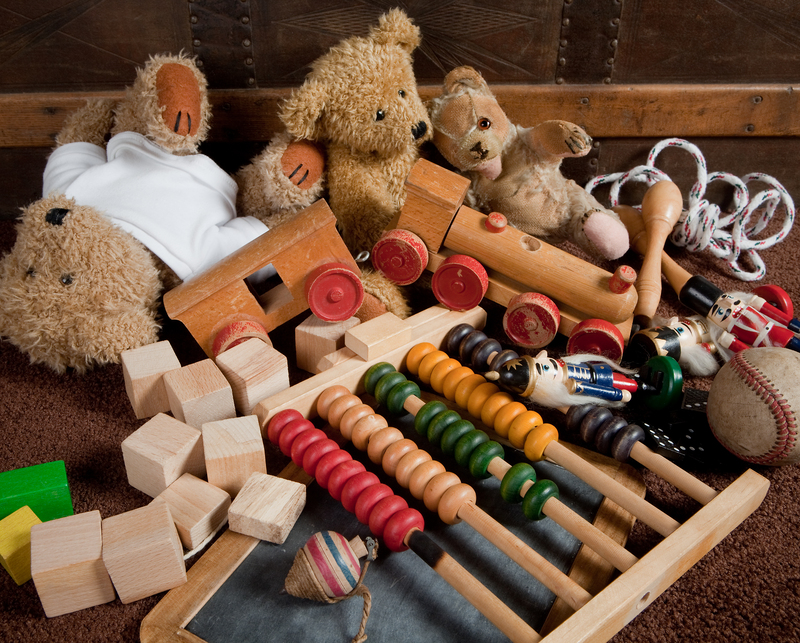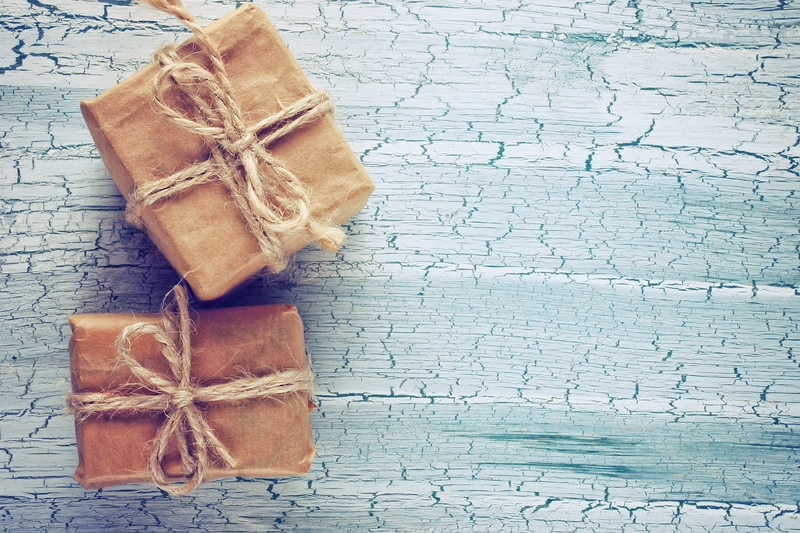Best Practices for Packing Kitchenware
Posted on 18/05/2025
Best Practices for Packing Kitchenware
Packing kitchenware can be a daunting task, especially if you wish to keep your items safe and organized during transportation or storage. The correct packing techniques can prevent damage and ensure that your kitchenware remains pristine. Here, we outline the best practices for packing kitchenware to make your moving or storing process seamless.
1. Gather Packing Supplies
Before you start packing, gather all the necessary supplies. These may include:
- Sturdy cardboard boxes
- Bubble wrap
- Newspapers
- Dish pack dividers
- Heavy-duty packing tape
- Permanent markers
- Labeling stickers
Having all these items on hand will make the packing process faster and more efficient.

2. Sort and Declutter
Begin by sorting through your kitchenware. Set aside items you no longer use or need for donation or disposal. Decluttering not only lightens your load but also ensures you only pack what is necessary. This step is particularly important if you're moving to a smaller space or want to start fresh with fewer items.
3. Clean and Dry Items
Ensure all kitchenware is clean and dry before packing. Dirty or damp items can develop mold and odors during storage or transit. Cleaning items also gives you a chance to inspect them for any damage that needs addressing.
4. Use Proper Wrapping Techniques
Use bubble wrap or newspaper to wrap fragile items like plates, glasses, and ceramics. This cushioning helps prevent breakage. For extra protection, use dish pack dividers in your boxes to keep items from shifting during transit.
5. Pack Heavier Items on the Bottom
When placing items in boxes, start with heavier items at the bottom and lighter items at the top. This prevents lighter items from getting crushed under the weight. Also, avoid overpacking boxes to reduce the risk of breakage.
6. Label Boxes Clearly
Label each box with its contents and the room it belongs to. Use permanent markers and labeling stickers to make the labels visible. Clear labeling helps movers (or yourself) know where to place each box in the new location, simplifying the unpacking process.
7. Cushion Empty Spaces
Fill in any gaps in the boxes with newspaper, bubble wrap, or even kitchen towels to prevent items from shifting. This cushioning adds an extra layer of protection against shocks and bumps during transportation.
8. Seal and Reinforce Boxes
Use heavy-duty packing tape to seal all boxes securely. Run the tape along the seams and edges to reinforce them. This reinforcement keeps the boxes from falling apart and ensures they stay closed during transit.
9. Use Specialty Boxes for Fragile Items
For highly fragile items such as fine china, glassware, or delicate cookware, consider using specialty boxes designed to provide extra protection. These boxes often come with built-in padding and sections to safely hold each item.
10. Prepare a Box for Immediate Use
Pack a separate box with essential kitchen items you'll need immediately upon arrival. This box could include basic utensils, a frying pan, a few plates, and cups. Having this box readily accessible allows you to settle in faster without rummaging through all your packed boxes.
Pros and Cons of Different Packing Materials
Bubble Wrap
- Pros: Excellent cushioning, reusable, waterproof.
- Cons: Can be costly, not biodegradable.
Newspaper
- Pros: Inexpensive, readily available, recyclable.
- Cons: Can leave ink stains, less cushioning than bubble wrap.
Dish Pack Dividers
- Pros: Provides structured protection, easy organization.
- Cons: Can be expensive, takes up space in the box.
Box Cushions
- Pros: Prevents item shifting, adds extra protection.
- Cons: Requires additional packing material.
Tips for Efficient Packing
- Keep similar items together for easier unpacking.
- Use small boxes for heavier items and larger boxes for lighter items.
- Avoid mixing fragile and heavy items in the same box.
- Mark boxes with "Fragile" when necessary.

Takeaways
Packing kitchenware requires careful planning and proper techniques to ensure items remain safe and undamaged. By gathering the right supplies, cleaning and sorting items, using appropriate wrapping and packing methods, and labeling boxes clearly, you can streamline the entire process.
Conclusion
Properly packing kitchenware can save you time, money, and stress whether you're moving or simply storing items. By following these best practices, you ensure that your kitchenware will arrive in perfect condition, allowing you to focus on other important aspects of your move or storage.







